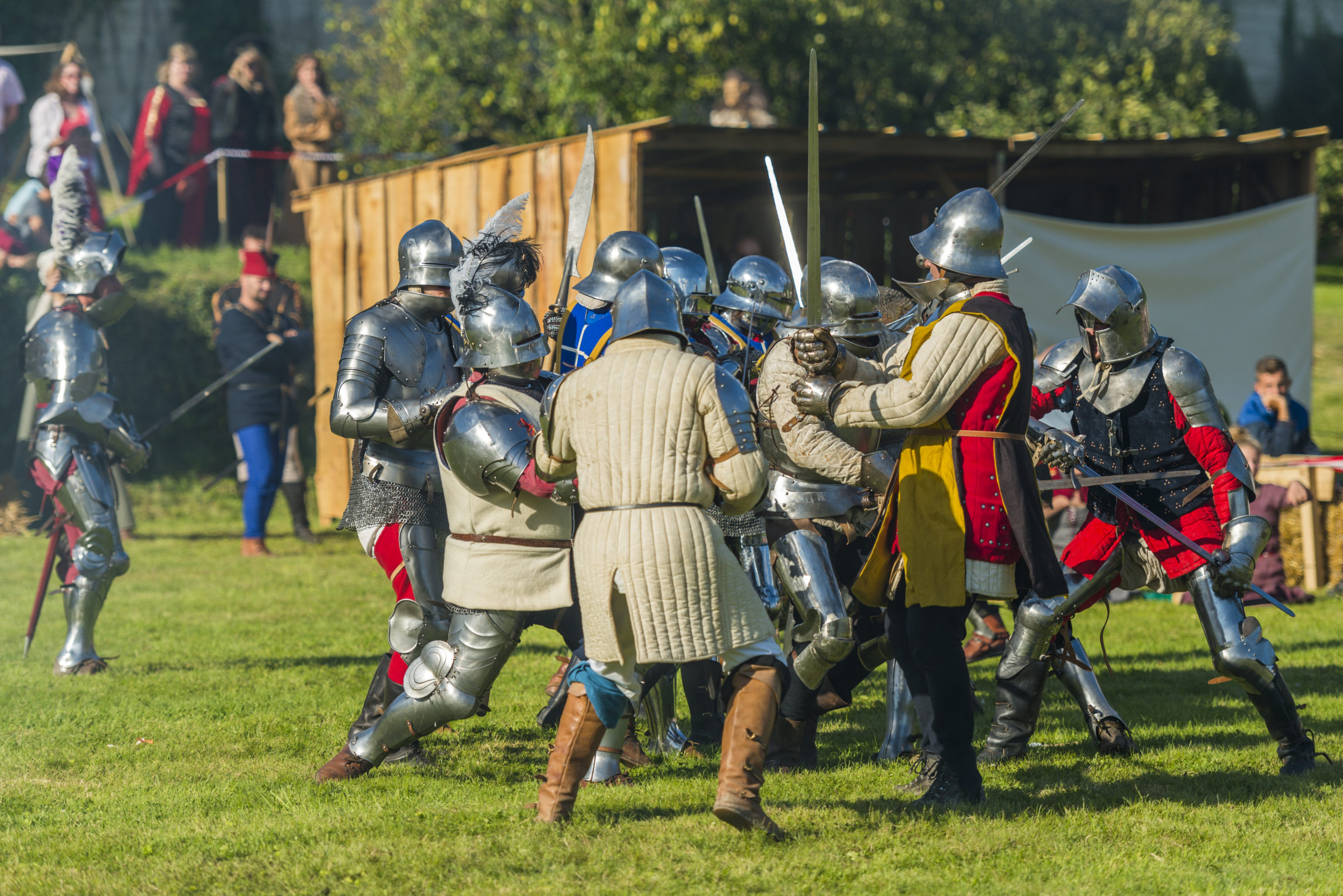Robert Deyes continues his chapter by chapter analysis of Signature in the Cell at Uncommon Descent.
Amidst the many memories that I cherish from my college undergraduate years are the get-togethers that friends and I would have to discuss the core textbook principles of molecular biology. Benjamin Lewin’s Genes IV stands out as one of the treasured resources we would pour over as we searched for the facts on the makeup of life. Perhaps most often visited amongst our topics of discussion were those of eukaryotic transcription and translation principally because for all of us there was something deeply unsettling about the naturalistic foundations upon which the emergence of these processes had been presented. So unsettled were we that we could never quite swallow the evolutionary suppositions that accompanied the factual details.
To recapitulate on what we now know about transcription, eukaryotes are furnished with three different RNA polymerases differing primarily in the types of genes that they transcribe. Each RNA Polymerase binds to a class of DNA sequence known as a promoter from which transcription then begins (1). A number of proteins called transcription factors, upon which these polymerases are absolutely dependent, form a functional transcription ‘apparatus’. RNA Polymerase II for example requires at least four transcription factors, TFIIA, TFIIB, TFIID and TFIIE for activity — a fact that is self-evident in Stephen Meyer’s pictorial outlines in the fifth chapter of his book Signature In The Cell.
The first step in the formation of the transcription apparatus involves the binding of TFIID to a DNA sequence upstream of the promoter’s own TATA box. TFIIA and TFIIB are then incorporated into the complex allowing RNA Polymerase II to bind to its recognition sequence in the DNA together with TFIIE (1). The functional interdependence of these molecules of course limits the amount of genetic change that can be tolerated by any one of the genes that codes for them. After all, any structural change in any one of the transcription factors would have to be accompanied by concerted changes in other factors within the complex as well as the RNA Polymerase II itself if functionality were to be maintained. This latter point, as relates to functional molecular complexes in general, was heavily emphasized in a seminal paper on Cambrian fauna by Meyer et al in 2001 (2).
In thinking of eukaryotic transcription I am reminded of Alexandre Dumas’ three musketeers who, like eukaryotic RNA polymerases, acted in unison in their endeavors. Ribosomal RNAs transcribed by RNA Polymerase I form part of the very ribosomes that then translate messenger RNAs, the latter having been transcribed by RNA Polymerase II. Similarly transfer RNAs (tRNAs), products of RNA Polymerase III, play their role in assuring the correct incorporation of amino acids during translation. Living up to the axiom ‘Un Pour Tous’, RNA Polymerases can be considered as the three chevaliers of the molecular realm.
Read the rest here.
